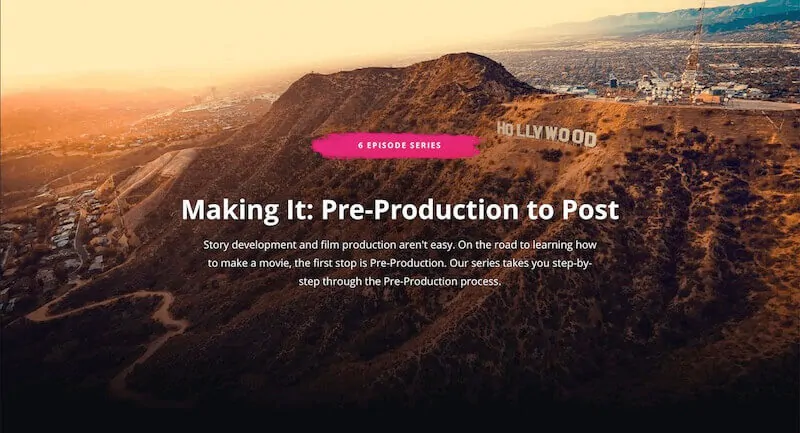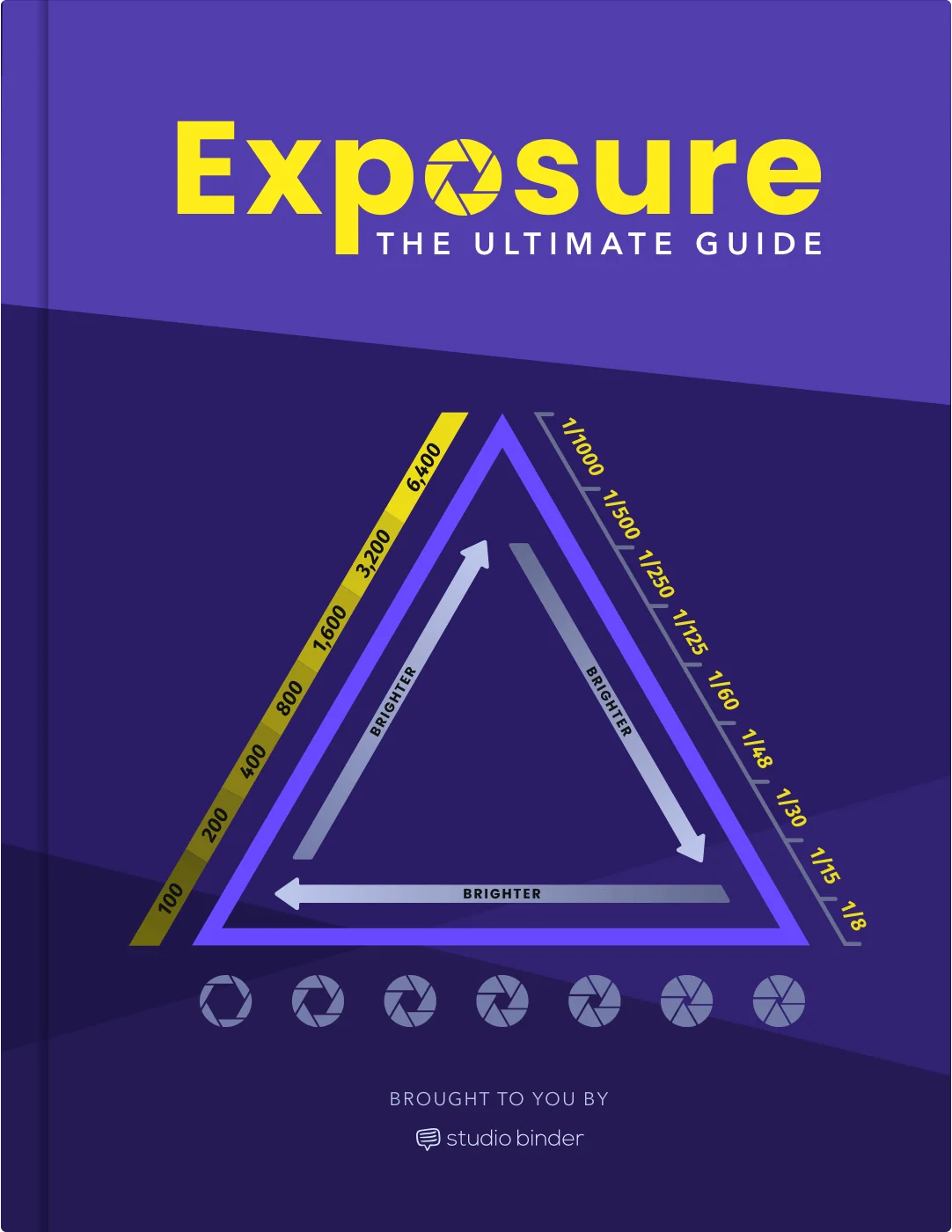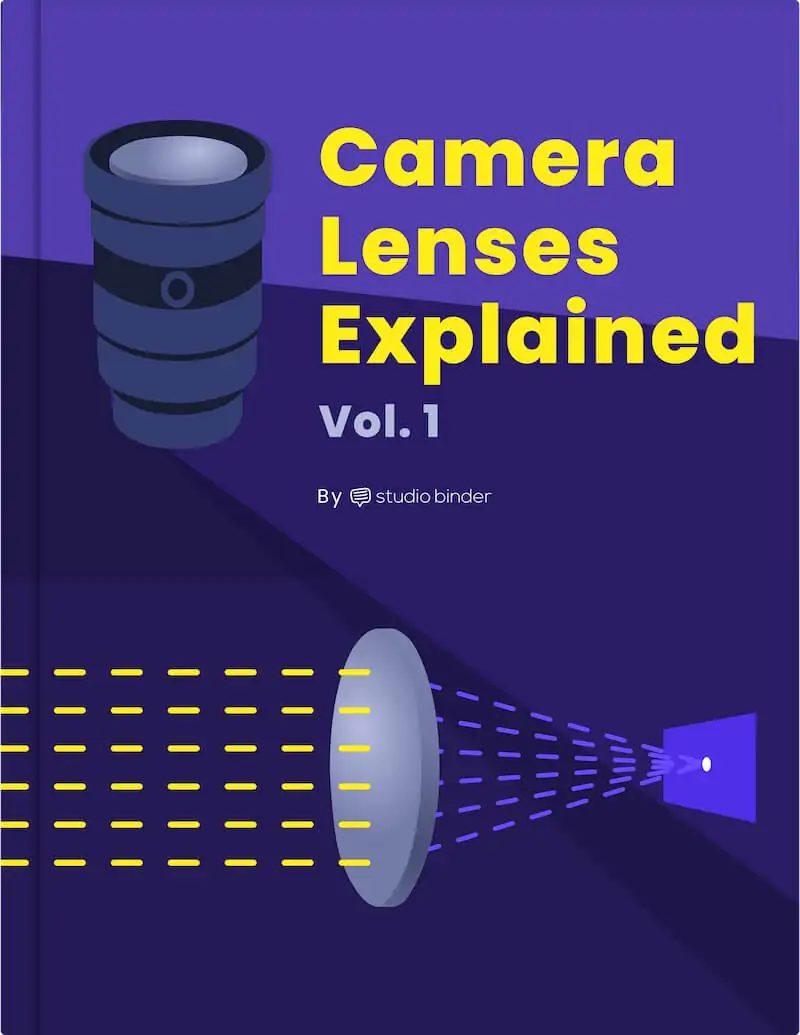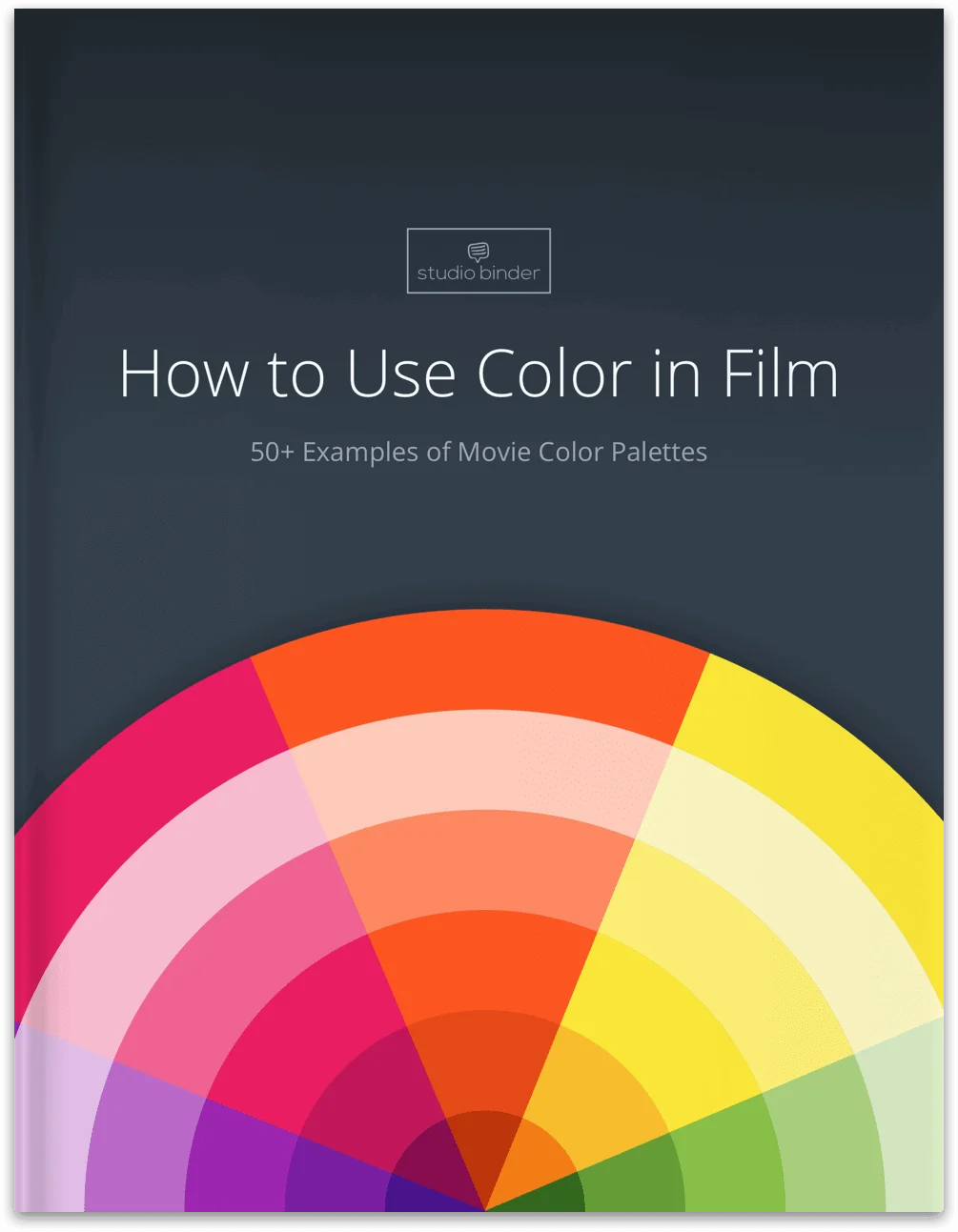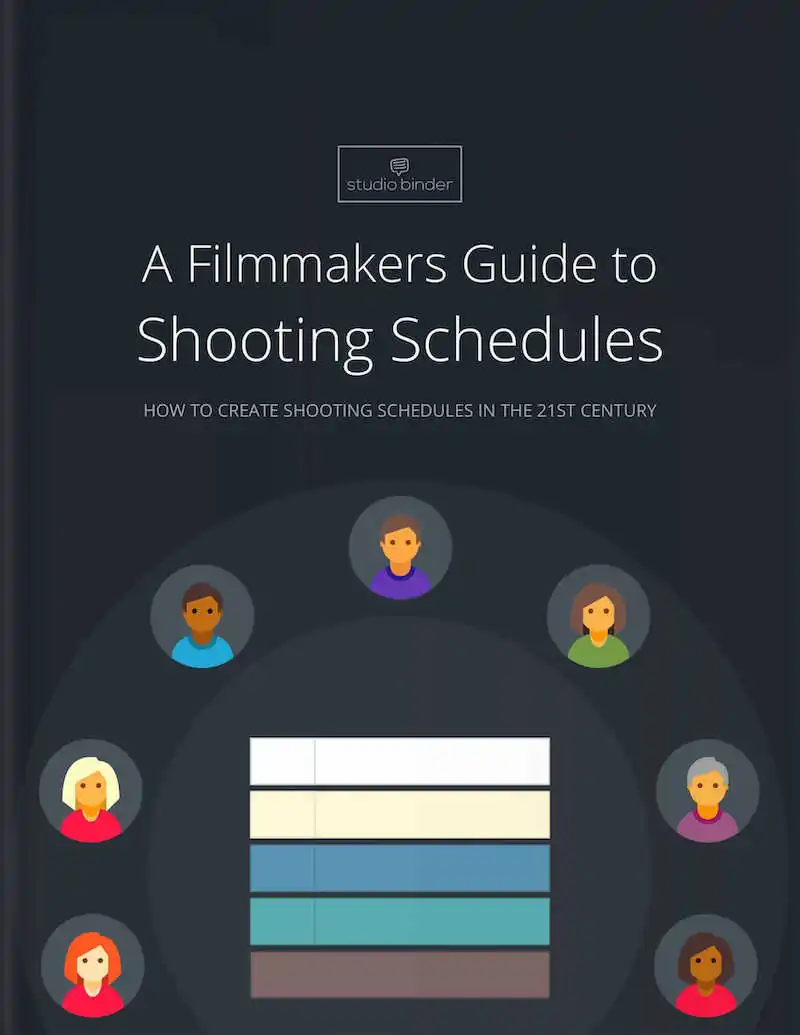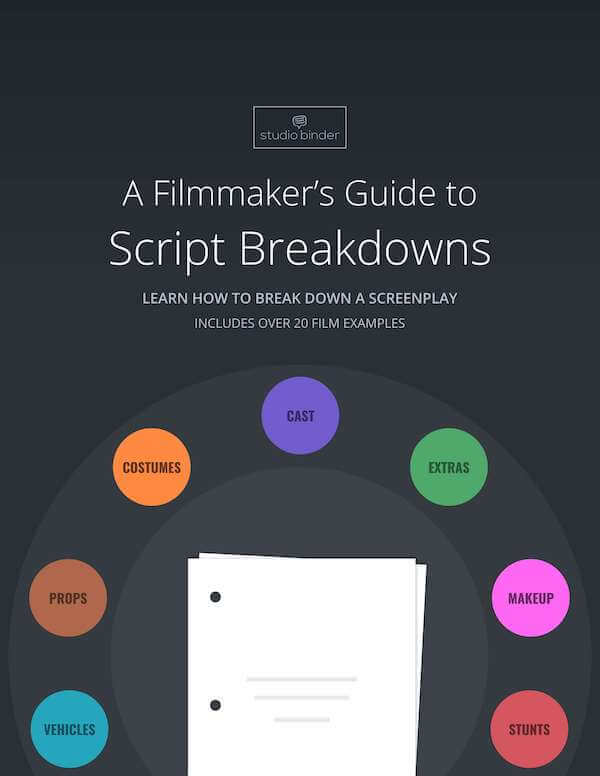There was a Young Lady of Russia, Who screamed so that no one could hush her; Her screams were extreme, No one heard such a scream, As was screamed by that lady of Russia.” Did reading that make you chuckle? Well, what you just read was a limerick, and making people laugh or smile is the main reason people write these funny poems. Read on to learn more about where limericks came from and how you can write your own to get people laughing! Continue reading What is a Limerick Poem — Definition, Examples for Writers
Copyright is a form of intellectual property that protects original works. Whether you are a writer, painter, filmmaker, programmer, architect, or something else entirely, copyright is an area of law that’s important to be familiar with. You’ve worked hard to create your piece; copyright helps ensure it won’t be stolen.Continue reading What is Copyright — Everything You Need to Know
Jo March. Harry Potter. Captain Underpants (yes, even him!). These are just a few of the names people may say when asked who their favorite character is. But besides their popularity, what do all these beloved characters have in common? They are all found in works of fiction. Read on to learn what fiction is, and how you might want to become a fiction writer yourself.Continue reading What is Fiction — Definition & Examples
As society continues to navigate an increasingly interconnected global economy, understanding intellectual property has become more important than ever for both individuals and businesses. Its role in innovation, creativity, and the protection of unique ideas and products has become invaluable. As our cultural landscape continues to shift to a position where information and technology are paramount, grasping the nuances of IP rights will only become more pertinent. So why not begin learning more about it now? Continue reading What is Intellectual Property — And Why it Matters
Synecdoche may not be one of the most common words on your radar, but it's a literary device frequently used in everyday language, often without people realizing it. This device is not only functional but also creatively adds depth to a sentence. Let's dive into the definition and types of synecdoche that you have undoubtedly used or heard before. Continue reading What is Synecdoche — Definition, Examples & Writing Tips
An actor is the embodiment of transformation - an enigmatic figure who brings forth a myriad of characters, giving faces to narratives and emotions. They are the artists who dive into the very depth of humanity, crafting performances that resonate with our souls and often, casting a new light on our own existence.Just as a prism refracts white light into a spectrum of colors, so too does an actor reveal the human experience through their craft, bringing words and narrative to life. Continue reading What is an Actor — Definition, Types & History Explained
Derived from the Greek words "eikon," meaning image, and "graphein," meaning to write, iconography acts as a bridge connecting visual imagery and design with meaning. The roots, significance, and types of iconography across cultures form a dense and complex subject, yet the topic itself is important for understanding the role of imagery and design in history and culture. We’ll attempt to scratch the surface, hoping to provide you with an entry point into the world of iconography. Continue reading What is Iconography in Art — Definition & Examples
Revamps, reboots, and sequels have become a staple in the entertainment industry. The MCU has created a web of narratives, intertwining and overlapping. Disney is breathing new life into the Star Wars franchise and new blockbusters like Twisters and Furiosa have proved that revamps can still be fresh and entertaining. But all this narrative revisiting has given rise to the power of retconning. Let's look at what retconning is and how its narrative impact on the industry can be good, bad, and increasingly prevalent. Continue reading What Does Retcon Mean — Best and Worst Examples
Understanding great storytelling involves understanding the human psyche. Expectations, anticipation, and suspense are all used to keep an audience or a reader engaged. A well-crafted story is pieced together to drive our curiosities, leaving us wanting to turn the page, start the next episode, or debate on the ending of the film we just walked out of. Few storytelling techniques tap into our curiosity (and frustration) like a well-executed cliffhanger. Spoilers ahead.Continue reading What is a Cliffhanger in a Story — And Why They Work
Whether it be whispered tales around a campfire or blockbuster epics on the silver screen, certain character archetypes have stood the test of time, captivating audiences with their timeless appeal. Among these, the Chosen One trope shines as a beacon of hope and destiny, weaving through narratives with the promise of greatness and the allure of a predetermined path. Let's explore this fascinating trope, understanding its roots, characteristics, and unforgettable cinematic renditions. Continue reading What is the Chosen One — Classic Character Trope Explained













